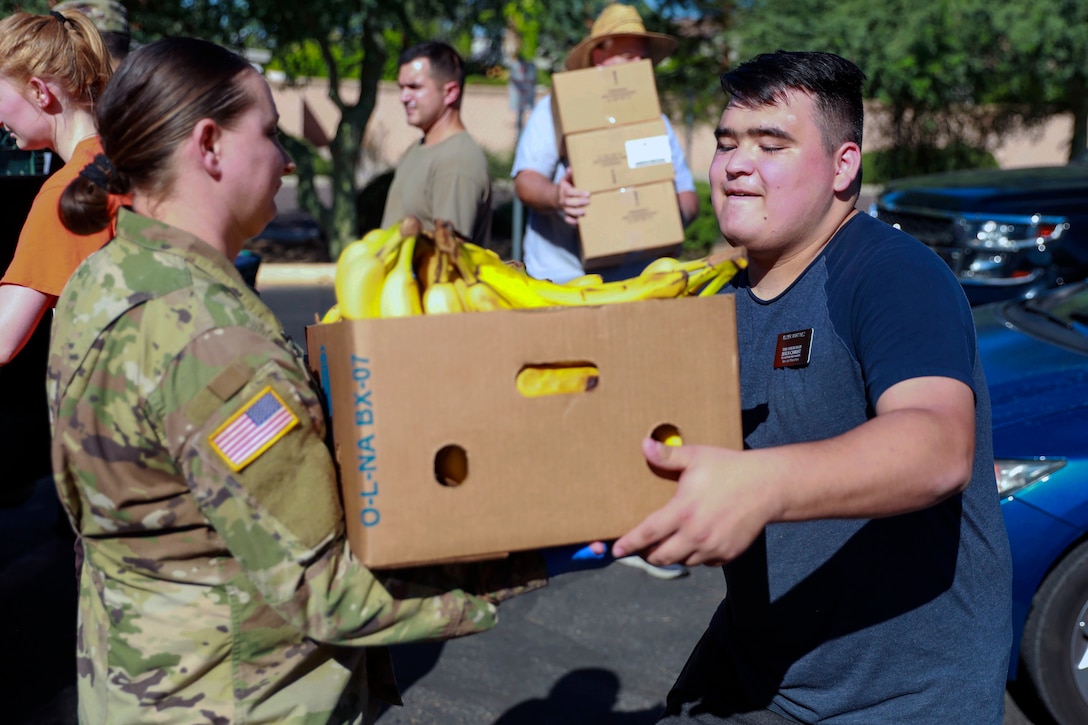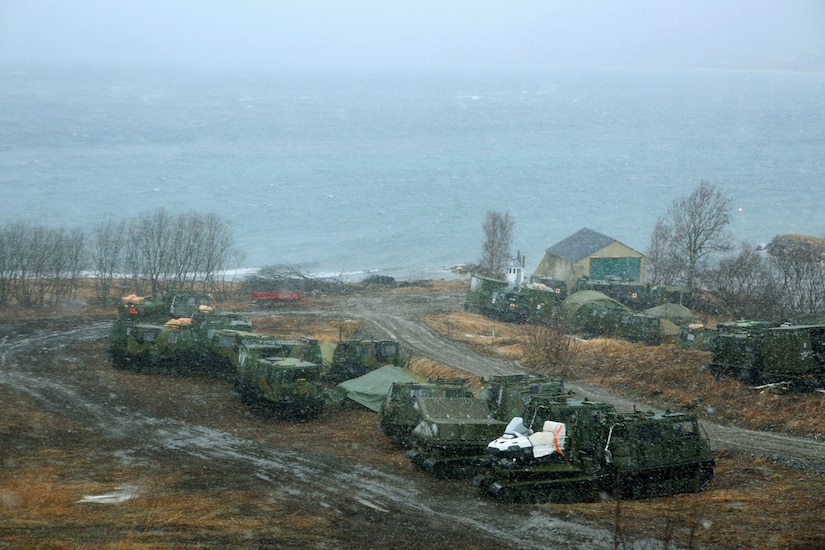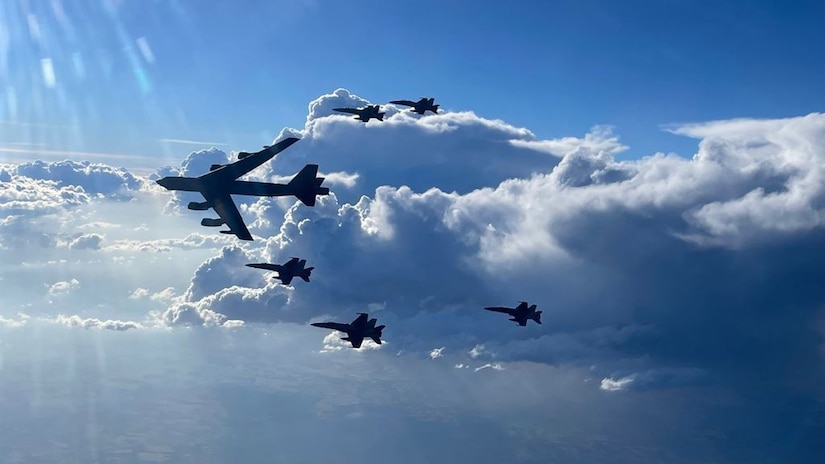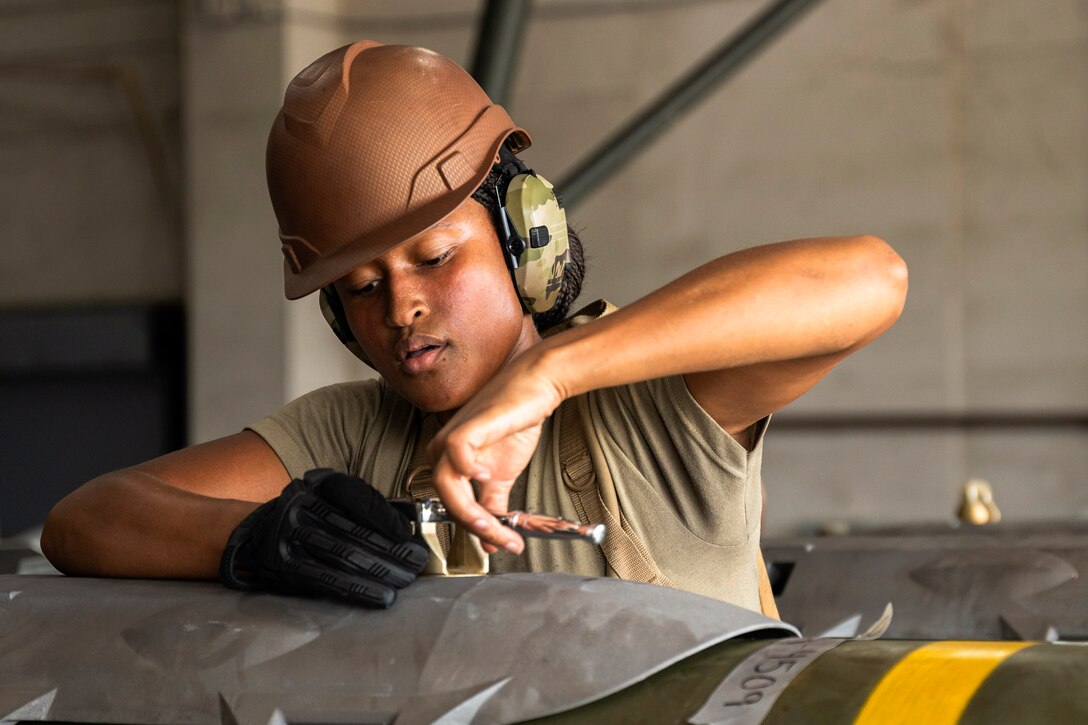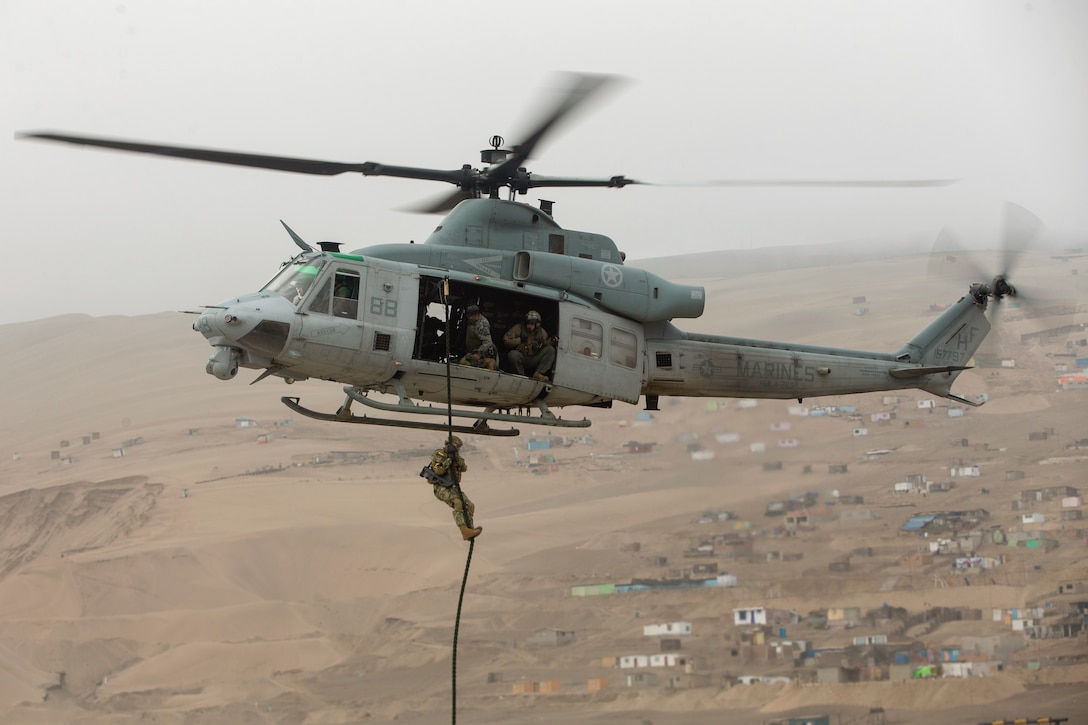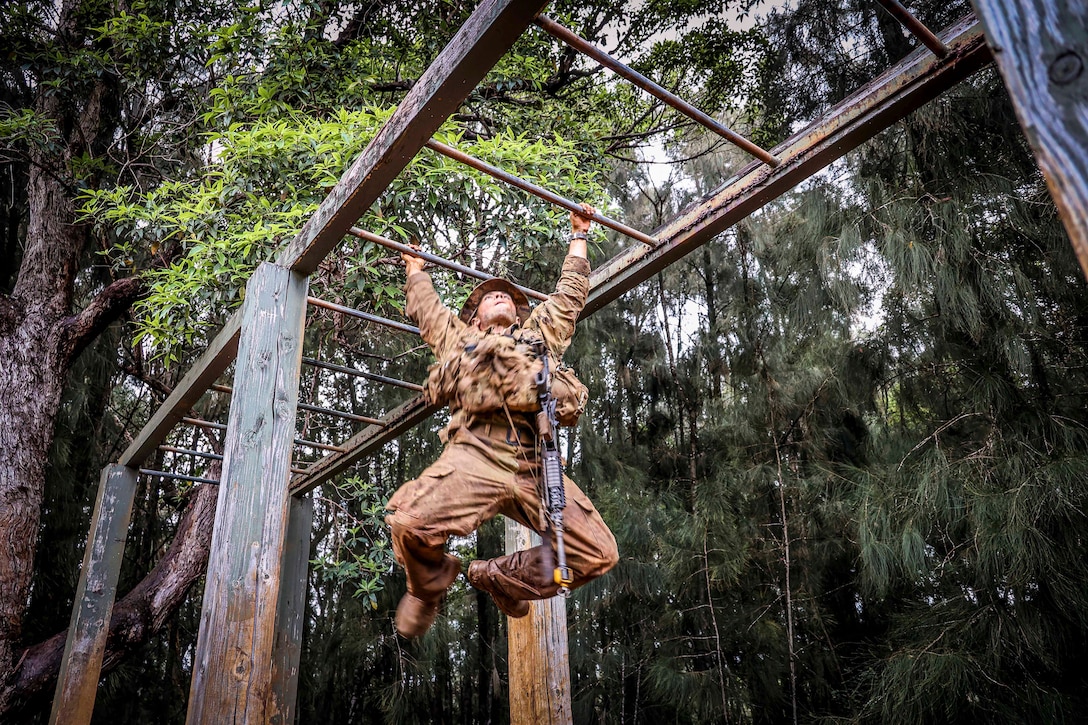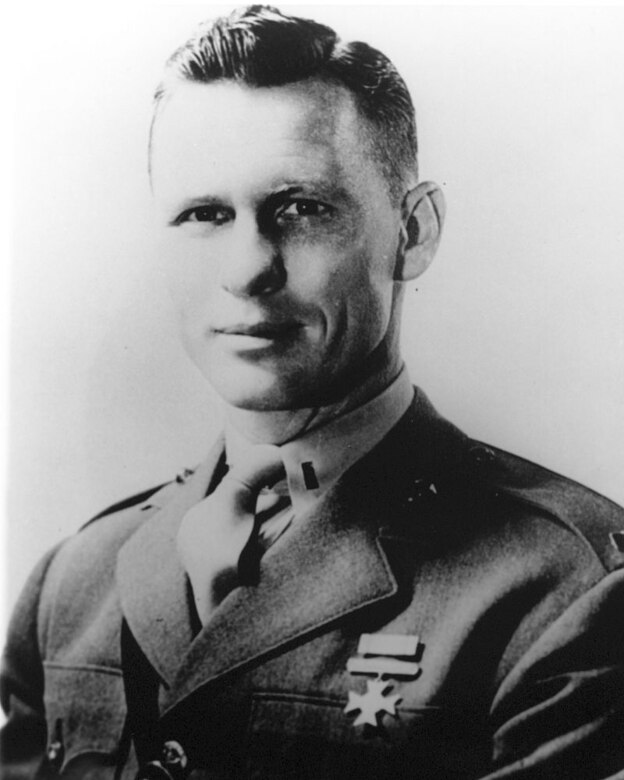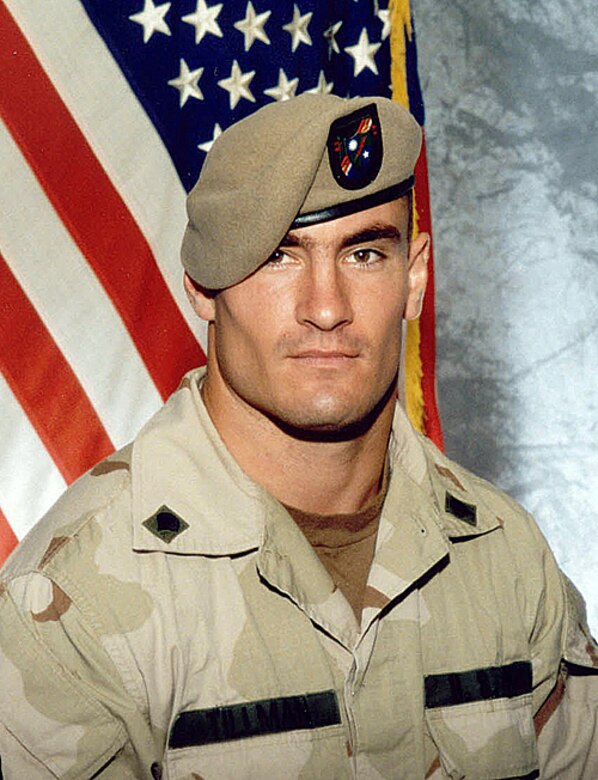Sept. 28, 2021
Chairman Reed, Ranking Member Inhofe, members of the
committee: thank you for the opportunity to appear before you today to
discuss our recent drawdown and evacuation operations in Afghanistan.
I am pleased to be joined by Generals Milley and McKenzie, who I know will be able to provide you with additional context.
I am incredibly proud of the men and women of the U.S. armed forces,
who conducted themselves with tremendous skill and professionalism
throughout the war, the drawdown, and the evacuation.
Over the course of our nation’s longest war, 2,461 of our fellow
Americans made the ultimate sacrifice, along with more than 20,000 who
still bear the wounds of war, some of which cannot be seen on the
outside.
We can discuss and debate the decisions, the policies, and the
turning points since April of this year, when the President made clear
his intent to end American involvement in this war. We can debate the
decisions over 20 years that led us to this point.
But one thing not open to debate is the courage and compassion of our
service members, who – along with their families – served and
sacrificed to ensure that our homeland would never again be attacked the
way it was on September 11, 2001.
I had the chance to speak with many of them during my trip to the
Gulf region a few weeks ago, including the Marines who lost 11 of their
teammates at the Abbey Gate in Kabul on the 26th of August. I have never
been more humbled and inspired. They are rightfully proud of what they
accomplished, and the lives they saved, in such a short span of time.
The reason that our troops were able to get there so quickly is
because we planned for just such a contingency. We began thinking about
the possibilities for a non-combatant evacuation as far back as this
spring.
By late April, two weeks after the President’s decision, military
planners had crafted a number of evacuation scenarios. In mid-May, I
ordered Central Command to make preparations for a potential
non-combatant evacuation operation. Two weeks later, I began
pre-positioning forces in the region, to include three infantry
battalions. On the 10th of August, we ran another table- top exercise
around a non-combatant evacuation scenario. We wanted to be ready. And
we were.
By the time that the State Department called for the NEO, significant
numbers of additional forces had already arrived in Afghanistan,
including leading elements of the 24th Marine Expeditionary Unit, who
were already on the ground in Kabul. Before that weekend was out,
another 3,000 or so ground troops had arrived, including elements of the
82nd Airborne.
To be clear, those first two days were difficult. We all watched with
alarm the images of Afghans rushing the runway and our aircraft. We all
remember the scenes of confusion outside the airport. But within 48
hours, our troops restored order, and process began to take hold.
Our soldiers, airmen, and Marines – in partnership with our allies,
our partners, and our State Department colleagues – secured the gates,
took control of airport operations, and set up a processing system for
the tens of thousands of people they would be manifesting onto
airplanes. They and our commanders exceeded all expectations.
We planned to evacuate between 70,000-80,000 people. They evacuated more than 124,000.
We planned to move between 5,000-9,000 people per day. On average, they moved slightly more than 7,000 per day.
On military aircraft alone, we flew more than 387 sorties, averaging
nearly 23 per day. At the height of this operation, an aircraft was
taking off every 45 minutes. And not a single sortie was missed for
maintenance, fuel, or logistical problems.
It was the largest airlift conducted in U.S. history, and it was
executed in just 17 days. Was it perfect? Of course not. We moved so
many people so quickly out of Kabul that we ran into capacity and
screening problems at intermediate staging bases outside of Afghanistan.
We are still working to get Americans out who wish to leave. We did
not get out all of our Afghan allies enrolled in the Special Immigrant
Visa program. We take that very seriously. That is why we are working
across the interagency to continue facilitating their departure. Even
with no military presence on the ground, that part of our mission is not
over.
Tragically, lives were also lost: several Afghans killed climbing
aboard an aircraft on that first day; 13 brave U.S. service members and
dozens of Afghan civilians killed in a terrorist attack on the 26th; and
we took as many as 10 innocent lives in a drone strike on the 29th.
Non-combatant evacuations remain among the most challenging military
operations, even in the best of circumstances. And the circumstances in
August were anything but ideal. Extreme heat. A land-locked country. No
government. A highly dynamic situation on the ground. And an active,
credible, and lethal terrorist threat.
In the span of just two days – from August 13th to 15th – we went
from working alongside a democratically elected, long-time partner
government to coordinating warily with a long-time enemy. We operated in
a deeply dangerous environment. It proved a lesson in pragmatism and
professionalism.
We learned a lot of other lessons, too – about how to turn an Air
Force base in Qatar into an international airport overnight, and about
how to rapidly screen, process, and manifest large numbers of people.
Nothing like this has ever been done before, and no other military in
the world could have pulled it off. I think that is crucial.
I know that members of this committee will have questions on many
things, such as why we turned over Bagram Airfield, how real is our
over-the-horizon capability, why we didn’t start evacuations sooner, and
why we did not stay longer to get more people out. Let me take each in
turn.
Retaining Bagram would have required putting as many as five thousand
U.S. troops in harm’s way, just to operate and defend it. And it would
have contributed little to the mission that we had been assigned: to
protect and defend our embassy some 30 miles away. That distance from
Kabul also rendered Bagram of little value in the evacuation. Staying at
Bagram – even for counter- terrorism purposes – meant staying at war in
Afghanistan, something that the President made clear he would not do.
As for over-the-horizon operations: when we use that term, we refer
to assets and target analysis that come from outside the country in
which the operation occurs. These are effective, and fairly common,
operations. Just days ago, we conducted one such strike in Syria,
eliminating a senior Al Qaeda figure. Over-the-horizon operations are
difficult but absolutely possible. And the intelligence that supports
them comes from a variety of sources, not just U.S. boots on the ground.
As for when we started evacuations: we offered input to the State
Department’s decision, mindful of their concerns that moving too soon
might actually cause the very collapse of the Afghan government that we
all wanted to avoid, and that moving too late would put our people and
our operations at greater risk. As I said, the fact that our troops were
on the ground so quickly is due in large part to our planning and
pre-positioning of forces.
As for the mission’s end: my judgment remains that extending beyond
the end of August would have greatly imperiled our people and our
mission. The Taliban made clear that their cooperation would end on the
first of September, and as you know, we faced grave and growing threats
from ISIS-K. Staying longer than we did would have made it even more
dangerous for our people and would not have significantly changed the
number of evacuees who we could get out.
As we consider these tactical issues today, we must also ask
ourselves some equally tough questions about the wider war itself, and
pause to think about the lessons that we have learned over the past 20
years. Did we have the right strategy? Did we have too many strategies?
Did we put too much faith in our ability to build effective Afghan
institutions – an army, an air force, a police force, and government
ministries?
We helped build a state, but we could not forge a nation. The fact
that the Afghan army we and our partners trained simply melted away – in
many cases without firing a shot – took us all by surprise. It would be
dishonest to claim otherwise.
We need to consider some uncomfortable truths: that we did not fully
comprehend the depth of corruption and poor leadership in their senior
ranks, that we did not grasp the damaging effect of frequent and
unexplained rotations by President Ghani of his commanders, that we did
not anticipate the snowball effect caused by the deals that Taliban
commanders struck with local
leaders in the wake of the Doha agreement, that the Doha agreement
itself had a demoralizing effect on Afghan soldiers, and that we failed
to fully grasp that there was only so much for which
– and for whom – many of the Afghan forces would fight.
We provided the Afghan military with equipment and aircraft and the
skills to use them. Over the years, they often fought bravely. Tens of
thousands of Afghan soldiers and police officers died. But in the end,
we couldn’t provide them with the will to win. At least not all of them.
As a veteran of that war, I am personally reckoning with all of that.
But I hope, as I said at the outset, that we do not allow a debate
about how this war ended to cloud our pride in the way that our people
fought it. They prevented another 9/11, they showed extraordinary
courage and compassion in the war’s last days, and they made lasting
progress in Afghanistan that the Taliban will find difficult to reverse
and that the international community should work hard to preserve.
Now, our service members and civilians face a new mission: helping
these Afghan evacuees move on to new lives in new places. They are
performing that one magnificently, as well. I spent time with some of
them up at Joint Base Maguire-Dix-Lakehurst, just yesterday. I know that
you share my profound gratitude and respect for their service, courage,
and professionalism.
And I appreciate the support that this committee continues to provide them and their families. Thank you.
